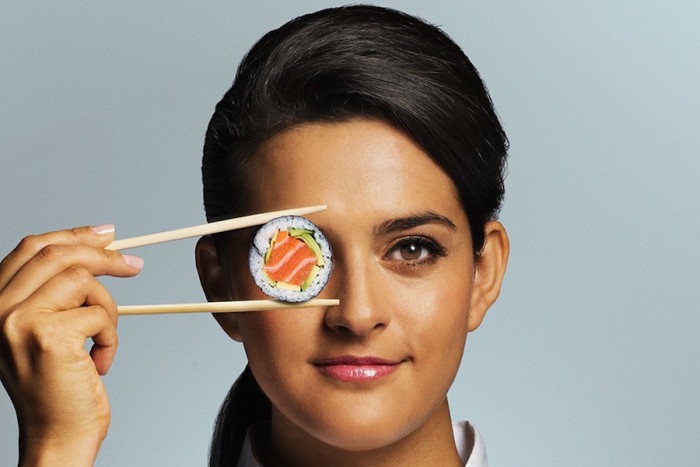
Director/writer Anthony Lucero’s first feature-length film, “East Side Sushi,” tells the story of Juana (Diana Elizabeth Torres), a Latina, working-class, single mother based in Oakland aspiring to become a sushi chef.
A distinctive cross-ethnic culinary experience, the movie, premiering in Seattle tomorrow at Sundance and Ark Lodge cinemas, provides a rare and moving glimpse into a women’s struggle overcoming barriers within an elite sushi culture.
Inspired by his own observations of sushi chef life and the prominent presence of Latino/a workers in the back kitchen, Lucero said his process writing the film started with a short story he originally wrote about a Latino man hoping to be a sushi chef. Then, he started doing some research.
”As I was talking to sushi chefs, I realized that I have never seen a woman doing this job,“ Lucero said.
Japan’s reputation for having some of the worst gender inequality in the developed world is especially noticeable at the sushi counter. An archaic but popular cultural belief that the higher body temperature and menstration cycle of women would prevent them from preparing quality food still influences the practice of sushi chefs being mostly male. Intrigued by this, Lucero changed his original story character from a male to a female.
Lucero points out that, even in Japanese restaurants in America, customers want male sushi chefs to prepare their food, accepting it as part of the culture.
This point is well-taken in the film, which has caught the attention of many film festivals, garnering 13 awards since its national premiere last year. “East Side Sushi” in one scene, shows Juana, who is hired to work at a Japanese restaurant in Oakland, assisting sushi chefs out of the kitchen when a man sees her. After giving her many critical looks, he asks the head chef of the restaurant if he really had a female sushi chef. Subsequently, Juana is quickly sent to the back of the kitchen.
Despite daily discouragement, Juana continues to pursue her dream at home, adding sushi roll preparation to her regular Mexican cuisine preparation, practicing diligently and copying the motions of the chefs she studies with. Her culinary streak and food-centric life is evident even in the very first scene we meet her in, where she gets up at 4 a.m. to decorate a muffin for her daughter, then helps her father set up his Oakland fruit cart.
Lucero explains that he made Juana a mother to add “that extra layer of determination.”
“As I was writing it, I thought if she had a daughter, it would inspire her to strive for more and set an example for her daughter, too,” said Lucero, who is also known for creating visual effects for such blockbusters as “Pirates of the Caribbean,” “Iron Man” and “Star Wars II: Attack of the Clones.”
In the course of the movie, Juana has to accept the fact that her race and gender are major obstacles to her dream, and that she must break ground.
“We often do that — me, you, all of us. We put these roadblocks in front of us and tell ourselves we can’t do this, because we don’t look a certain way or we weren’t raised a certain way,” Lucero said. “That is what it is about, about breaking down … cultural barriers.”
“East Side Sushi” welcomes Director Anthony Lucero tomorrow, Nov. 13 at Sundance Cinema in Seattle’s University District, where he’ll be available for a post-film Q&A after each showing, starting at 4:20 p.m. More details and show times here.
The film is also playing at Ark Lodge Cinemas in Columbia City, where Lucero will make a Saturday, Nov. 14 appearance at the 7 p.m. showing. More details and show times here.

